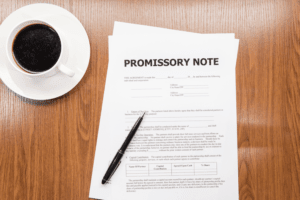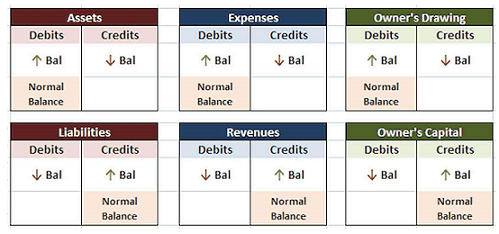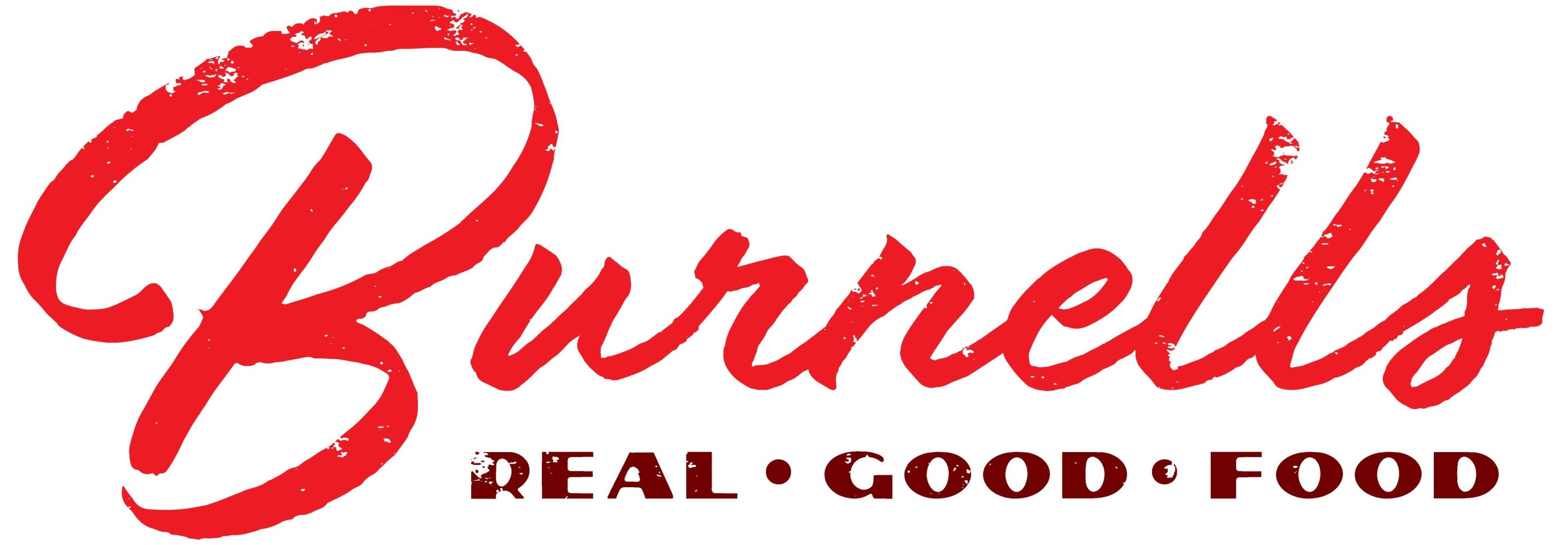
They derive most of their income from loans, so they must be very careful who they lend to and on what terms. Banks lend to other banks via the federal funds market, but also in the process of clearing checks, which are called “cash items in process of collection.” Most of their loans, however, go to nonbanks. Some loans are uncollateralized, but many are backed by real estate (in which case the loans are called mortgages), accounts receivable (factorage), or securities (call loans). A T-Account is a visual presentation of the journal entries recorded in a general ledger account.

Salvage Value – A Complete Guide for Businesses
- Having a debit balance in the Cash account is the normal balance for that account.
- The same process occurs for the rest of the entries in the ledger and their balances.
- Some loans are uncollateralized, but many are backed by real estate (in which case the loans are called mortgages), accounts receivable (factorage), or securities (call loans).
- When you enter information into a journal, we say you are journalizing the entry.
You need to set up every account separately and then go through them constantly to record every transaction as it comes in. You want a system of bookkeeping that is manageable, especially when you do it in house. By using T accounts and a general ledger, balance sheet t accounts you have simple, generally foolproof record keeping systems in place. Some accounts have a debit-side balance, while others have a credit-side balance. As I’ve received the coffee machine, I’ve gained £700 worth of fixed assets (this account has been debited). They are a useful tool for both newcomers to accounting and veteran accountants alike to quickly map out the correct way to record a transaction.
- In turn, by paying the rent, we also decreased the amount of cash available in the bank.
- It is crucial to remember that some ratios will require information from more than one financial statement, such as from the income statement and the balance sheet.
- By displaying multiple transactions over a time period rather than a single transaction, it allows people to see a picture of a company’s activities.
- The balance at the end of a period is called the closing balance.
- Each general journal entry lists the date, the account title(s) to be debited and the corresponding amount(s) followed by the account title(s) to be credited and the corresponding amount(s).
Transaction #1

A T-account is used in bookkeeping, which involves keeping track of the financial transactions that occur within a business. The name is based on the way that a T-account appears, with two columns and one line. As I stated before, some accounts will have multiple transactions, so it’s important to have a place number each transaction amount in the debit and credit columns. These entries are recorded as journal entries in the company’s books. Business management and employees, the Board of Directors, lenders, suppliers, customers, investors, equity analysts, debt analysts, M&A analysts, accountants, and auditors at CPA firms use balance sheets. Businesses compute Days Receivable Outstanding (DRO) and Days Payable Outstanding (DPO), which relate to accounts receivable and accounts payable turnover.
Now Let’s Define Ledger
Noncurrent or long-term liabilities are debts and other non-debt financial obligations that a company does not expect to repay within one year from the date of the balance sheet. For instance, if a company takes out a ten-year, $8,000 loan from a bank, the assets of the company will increase by $8,000. Its liabilities will also increase by $8,000, balancing the two sides of the accounting equation.
Assets

The next transaction relating to the bank account was on the 7th of April. By account, we mean a summary record of all transactions relating to a particular item in a business. If you’ve been studying accounting for even a short amount of time then you’ve probably heard of T-accounts and ledgers. In this lesson we’re going to learn exactly what these are, we’ll look at a detailed example of how to put a T account together, and we’ll learn why they’re so important. We do not make any further entries to work out the closing balance – the $4,000 balance is self-evident from the single entry.

Shaun Conrad is a Certified Public Accountant and CPA exam expert with a passion for teaching. After almost a decade of experience in public accounting, he created MyAccountingCourse.com to help people https://www.facebook.com/BooksTimeInc/ learn accounting & finance, pass the CPA exam, and start their career. The left side of the Account is always the debit side and the right side is always the credit side, no matter what the account is.
You will notice that the transactions from January 3 and January 9 are listed already in this T-account. We know from the accounting equation that assets increase on the debit side and decrease on the credit side. If there was a debit of $5,000 and a credit of $3,000 in the Cash account, we would find the difference between the two, which is $2,000 (5,000 – 3,000). The debit is the larger of the two sides ($5,000 on the debit side as opposed to $3,000 on the credit side), so the Cash account has a debit balance of $2,000. It is a good idea to familiarize yourself with the type of information companies report each year. Peruse Best Buy’s 2017 annual report to learn more about Best Buy.
- It is typically represented as two columns with the accounts that have been affected listed on either side, usually labeled Debit (left) and Credit (right).
- It is called a T-account because of the structural way that the report looks like T.
- The balance sheet previews the total assets, liabilities, and shareholders’ equity of a company on a specific date, referred to as the reporting date.
- That’s why we’ve only gathered some of the most frequent financial activities businesses deal with in their day-to-day operating cycle.
As you can see, it starts with https://www.bookstime.com/ current assets, then the noncurrent, and the total of both. Like assets, liabilities can be classified as either current or noncurrent liabilities. Noncurrent assets include tangible assets, such as land, buildings, machinery, and equipment.
